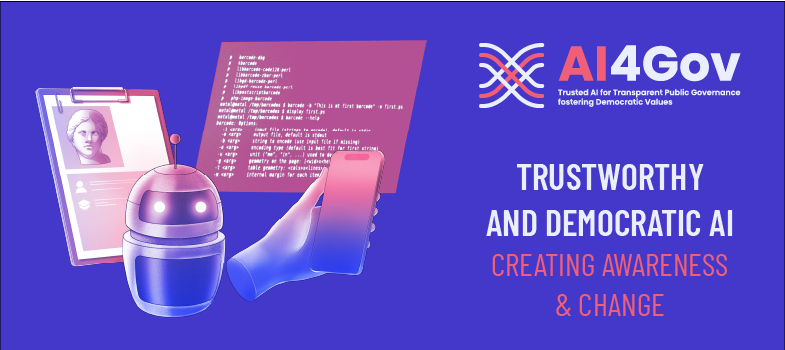Module 1: Bias in AI
Artificial Intelligence (AI) has the potential to transform our lives, but it’s not without challenges. One critical issue is AI bias, where systems unintentionally or intentionally produce unfair outcomes that reflect human prejudices. This module explores how bias enters AI, the impact it can have on individuals and society, and why addressing it is essential for creating ethical, trustworthy systems. Let’s explore how bias starts, how it can affect AI systems, and what steps we can take to ensure AI serves everyone fairly.
In Module 1, we cover the following Lessons:
Lesson 1.1: Why AI Bias Matters and How It Affects Us
Lesson 1.2: Where Bias Begins: Human Bias
LESSON 1.1: WHY AI BIAS MATTERS AND HOW IT AFFECTS US
Bias is something we all experience—it’s shaped by our personal lives, culture, and society. It’s the lens through which we see the world, make decisions, and interpret situations. But here’s the thing: when humans build AI systems, those same biases can sneak into the technology. This can lead to unfair outcomes, even if it’s unintentional. AI bias happens when algorithms produce results that favor one group over another or reinforce stereotypes. This bias can creep in during many stages of the process, from collecting and preparing data to training, testing, and using the AI. What’s worse, even small biases can snowball, affecting the system in ways that are hard to spot and even harder to fix. That’s why understanding and addressing bias is so important—it helps make AI fairer and more trustworthy.
Watch the panel discussion titled "AI for Society" that was held at the 1st European Summer School on Artificial Intelligence (ESSAI) and 20th Advanced Course on Artificial Intelligence (ACAI) in Ljubljana in summer 2023.
The panelists are: Nataša Pirc Musar, PhD, President of the Republic of Slovenia, prof. Michel Dumontier, PhD, Maastricht University, prof. Tijl De Bie, PhD, Ghent University, Žiga Avsec, PhD, Research scientist at DeepMind, prof. Špela Vintar, PhD, University of Ljubljana, assistant prof. Vida Groznik, PhD, University of Primorska and University of Ljubljana.
We did introduce AI basics in the previous learning course, but if you would like to refresh and upgrade your knowledge, please watch the listed video lectures below. And don’t get afraid if some of the video lectures are more advanced, just move on.
